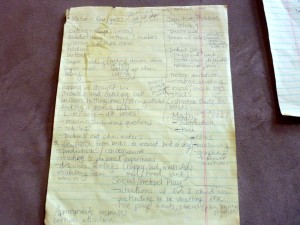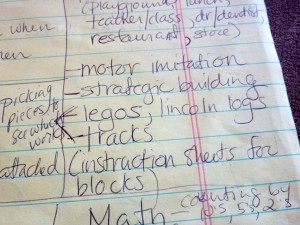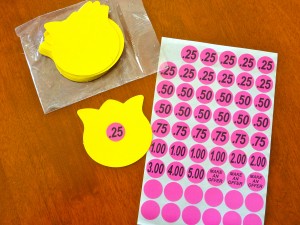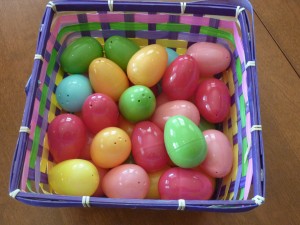When doing My Obstacle Courses with your child, start small and basic so you can learn firsthand about your child’s learning. Remember to have fun with this! Yes, there are a lot of things I want to help my child with but adding something like this made it so much easier to engage with him, encourage him in playful ways and empower him by helping him build his skills no matter where they are. Doing this with him gave me more information than I could ever have imagined and allowed me to see all that he was able to do instead of placing all of the focus on what he was not able to do.
Make It Engaging
This is where it really starts getting fun while also making a huge difference! Since the “sit at the kitchen counter†routine failed miserably for us, I knew I needed to “up my game†and decided to make this an adventure for him. I realized early on how easy it was to do this when using the structure of an obstacle course. (I tried many other ways which only resulted in me searching frantically for something to bribe him with. Not what I wanted at all!)
I didn’t want My Obstacle Courses to always be the same old, same old every time. This is why you will find me using a lot of thematic and seasonal materials. I also find that the most motivating and inspiring teachers are the ones who have some tricks up their sleeves, which is why I like to incorporate some mystery through the use of zippered bags and containers to hold materials or finding items around the house or in the grocery store to repurpose for skill-building. Because of this, he is so excited about engaging with me and is always curious about what he is going to find at the next station.
Treasure Hunting At Home
This idea came to me while brainstorming ways to work on skills. My first thought was, “Oh, now I need to go to the store and get a bunch of stuff specifically to work on these with him.†But as I was getting his clothes ready for bed one night, I looked around at all of the toys that he hadn’t been playing with and it hit me like a ton of bricks! They were just sitting there waiting to be used and so I did a mind-shift. Instead of being disappointed by how he wasn’t playing appropriately with them, I had this flash of ways and ideas for how I could use them, just not as they were intended to be used. I had the skills I wanted to help him with in my mind and chose toys that could help me build those skills.
Andrew’s closet wasn’t the only place I hunted. I discovered all sorts of wonderful learning and skill building tools all around the house. Board games we had accumulated held all sorts of goodies (dice, dominos, Scrabble letters, etc.). Our cooking tools were now fair game (whisks, wooden spoons, basting brushes, mixing bowls, measuring cups, plastic containers, etc.) as well as travel bags (which have lots of zippers and snaps for fine motor skill building!) and tote bags.
Kitchen cupboards held lots of items perfect for sensory work. Rice, pasta and dried beans were used to make sensory bins (Sensory Bean Bin). Salt, sand and shaving cream were combined (separately 🙂 ) with trays to make sensory writing stations. (Here is one post on that: Foil Pan Salt Writing. You can check my website for other ideas!)
When I wanted to work on identifying textures for sensory awareness I looked through drawers and closets finding scarves, sweaters, sandpaper, bubble wrap, cotton balls, aluminum foil, those green mesh-y things they put around glass containers so they don’t crack, cheese-cloth, etc. Once I started doing this, I became like a squirrel and would find treasures all over and stash them away to use in a future Obstacle Course!
There were also things like collapsible tunnels, a sit and spin, a mini-trampoline, balls, mats, stairs and chairs that could be used to build gross motor skills and meet sensory needs. I have found that most people who have children with sensory issues or developmental delays have tools and toys like these. Why not combine them with another skill area and create a more purposeful activity?
I encourage you to think about the skills you want to work on with your child and go on a little “treasure hunt†of your own. You will be amazed at all that you already have!
Engage, Encourage and Empower!















